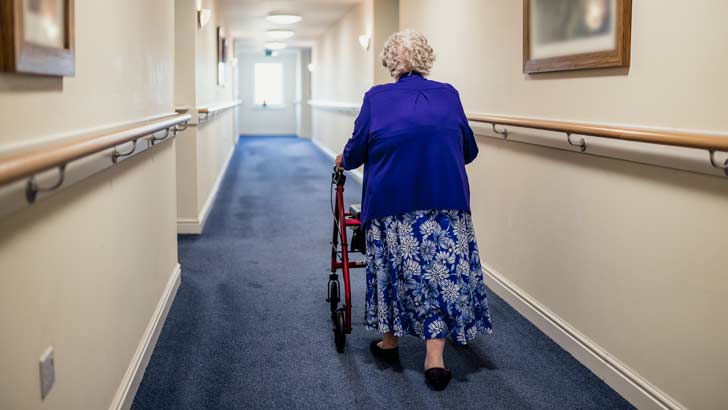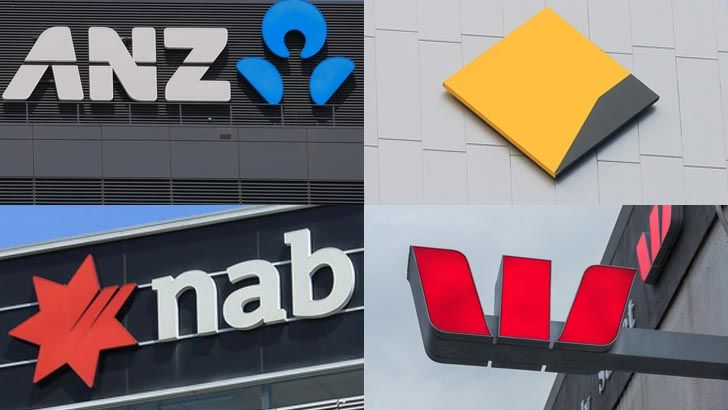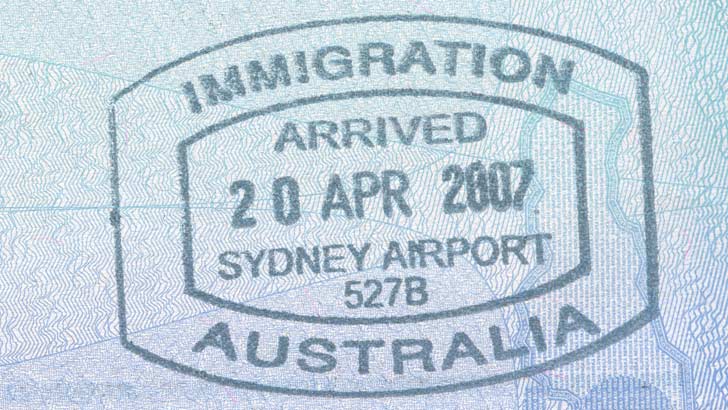Families, small business and retirees the winners from Budget 2019
By Darren Snyder
Families, small businesses and Australians aged 65 years and over are all winners from the 2019 Federal Budget.
Treasurer Josh Frydenberg has delivered an election Budget that focuses on tax cuts for low and middle-income earners as well as small businesses, and one that promises more essential services in health and education.
Families and tax cuts
The Federal Government plans to more than double the low and middle income tax offset from this financial year onwards. Taxpayers earning up to $126,000 a year will receive a tax cut.
For Australians with a taxable income of $37,000 or less, the offset will now provide a reduction in tax of up to $255. For those earning between $37,000 and $48,000, the offset will increase at a rate of 7.5 cents per dollar to the maximum offset of $1080.
Taxable incomes between $48,000 and $90,000 will be eligible for the maximum offset of $1080. Australians earning between $90,000 and $126,000 will have their tax offset phase out at a rate of three cents per dollar.
"For a single income family, this means up to $1080 in your pocket per year, and for families on a dual income, up to $2160," Frydenberg says.
"This is money that could go towards your monthly mortgage payment, your quarterly power bill or your yearly car insurance."
More than 10 million taxpayers will benefit from the proposed initiative, with 4.5 million receiving the tax cuts in full.
The Government also plans to lower the 32.5% tax rate to 30% from July 1, 2024.
This will cover all taxpayers earning between $45,000 and $200,000 and will mean that 94% of taxpayers will pay no more than 30 cents in the dollar, Frydenberg says.
Small businesses and tax cuts

Additional tax relief is coming for more than three million small and medium-sized businesses.
The Government is increasing the instant asset write-off threshold to $30,000 and expand access to medium-sized businesses with an annual turnover of less than $50 million. These changes will apply immediately, Frydenberg says.
It is estimated 22,000 businesses employing about 1.7 million workers will now be eligible to access the instant asset write-off. More than 350,000 businesses have already taken advantage of the instant asset write-off, he says.
Retirees and pensioners

The Federal Government recognises Australia's ageing workforce. From July 1, 2020, Australians aged 65 and 66 will be able to make voluntary superannuation contributions, both concessional and non-concessional, without meeting the Work Test.
Currently they can only make voluntary contributions if they meet the Work Test, which requires that they work a minimum of 40 hours over a 30-day period.
So Australians aged 65 or 66 years who don't meet the Work Test, because they may only work one day a week or volunteer, will now be able to make voluntary contributions to their superannuation.
This will align the Work Test with the eligibility age for the Age Pension, which is scheduled to reach 67 from July 1, 2023, the Federal Government says.
There are about 55,000 Australians aged 65 and 66 who will benefit from this reform in 2020-21.
The Government is also increasing the age limit for spouse contributions from 69 to 74 years. Currently, those aged 70 years and over cannot receive contributions made by another person on their behalf.
"We will also extend access to the bring-forward arrangements, which currently allow those aged less than 65 years to make three years' worth of non-concessional contributions, which are capped at $100,000 a year, to their super in a single year. This will now be extended to those aged 65 and 66," Frydenberg said in a statement earlier this week.
Essential services

Sticking with the government's long-held jobs focus, the Budget commits to an investment of $62 million to boost language, literacy, numeracy and digital skills, all aiming to upskill at-risk workers.
It is providing more than $525 million over five years to improve the Vocational Education and Training (VET) system as well as introducing an Additional Identified Skills Shortage Payment to support 80,000 new apprentices over five years.
Turning to health, a $725 million investment will deliver 10,000 new home care packages; additional financial support for residential care; and a series of measures to "improve the quality and safety of aged care services".
As announced prior to the Budget, the government is also providing additional cost of living relief for pensioners through a one-off Energy Assistance Payment of $75 for singles and $125 for couples. This payment will be paid this financial year.
The government has also set aside $500 million for a royal commission into the mistreatment of people with disability. It has also listed affordable housing and other social impact investments as a priority.
There will also be $80 billion spent on healthcare in 2019-20. This will include more medicines on the Pharmaceutical Benefits Scheme (PBS) to treat kidney, bladder, liver and skin cancer. Besponsa, a medicine for people with acute Leukaemia, is also now on the PBS.
The government will establish Australia's first comprehensive children's cancer centre in Sydney, and it is helping to build a new brain and spinal ward in South Australia.
It will also invest $461 million in Australia's most significant youth mental health and suicide prevention strategy, including 30 new headspace centres.
The losers
Financial services

While superannuation saw some minor tweaks which were generally welcomed, the broader financial services industry will feel the heat of more funding to regulatory bodies over the next decade.
The government is committing more than $600 million over five years to facilitate the response to the Royal Commission into Misconduct in the Banking, Superannuation and Financial Services Industry. More than $400 million is going to ASIC to specifically deal with the royal commission and APRA is to receive $150 million.
Announced prior to the Budget, the Federal Court of Australia is also receiving $43.9 million over five years to address its expanding jurisdiction to include corporate crime.
Hopeful migrants

As announced prior to the Budget, the government plans to reduce the level of its migration program from 190,000 to 160,000 places for four years from 2019-20.
With the exception of the visitor (subclass 600) visa, the base visa application charge (VAC) for all subclasses will increase 5.4% from July 1, 2019. There will be no increase to second instalment VACs. The measure will add $275 million to government revenue from 2018-19 to 2021-22.
Universities

Australia's largest universities, the Group of Eight, say the Budget reveals cuts to the Australian Research Council (ARC), the National Collaborative Research Infrastructure Strategy (NCRIS), the Research Block Grants program and the abolition of the $3.9 billion-dollar Education Investment Fund to fund the Emergency Response Fund.
"The Go8 is not saying something as important as an Emergency Response Fund should not be funded, only that when government is trumpeting a surplus it is a mockery to then have to redirect funds rather than use available funds," Group of Eight chief executive Vicki Thomson says.
"Despite Go8 research returning almost $10 for every $1 of taxpayer investment, university research is being consistently starved of Government funds. Of the $6.4 billion of research the Go8 conducted in 2016 the Government contributed just $2 billion in direct research funding."
Get stories like this in our newsletters.



